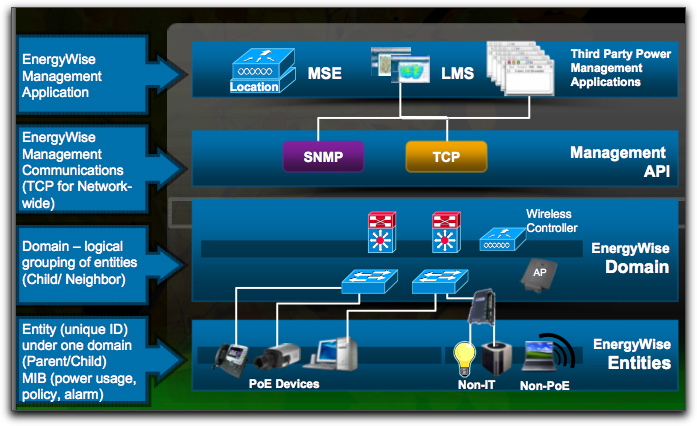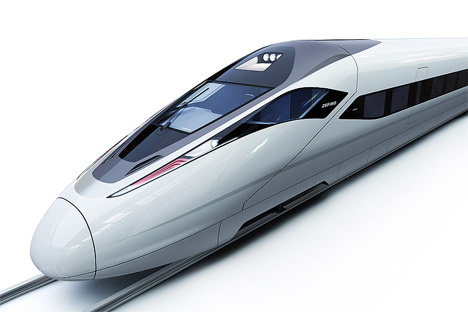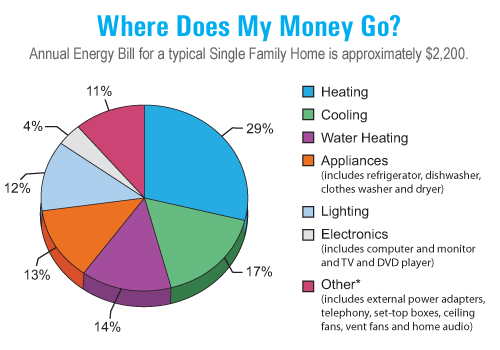 At the Barcelona Networkers event (no, I'm still here in snowy Massachusetts) today, Cisco announced its plan to enable green switching and routing. As I've asked Mr Chambers this question a year ago, I'm happy they're answering with a solid plan.
At the Barcelona Networkers event (no, I'm still here in snowy Massachusetts) today, Cisco announced its plan to enable green switching and routing. As I've asked Mr Chambers this question a year ago, I'm happy they're answering with a solid plan.
Pointing to statistics from Forrester's 3Q08 Survey of Enterprise and SMB Hardware, Cisco notes that 45% of IT electricity consumption comes from data center usage. The remainder is desktops and switches and laptops and access points and routers and firewalls that are in branch offices, in the risers and spread throughout the enterprise information and network architecture. Since, the US EPA published that 1.5% of electrical power consumption is for data center operations, therefore IT accounts for 3.33% of all electrical consumption in the USA; and unlike your home appliances or home lighting which go on or off throughout the day or evening, virtually all of the IT consumption is around the clock kind of consumption. It's for powering IP phones on desks where the person is out of the office from 5 pm to 9 am five days a week, and out of the office 24 hours a day on Saturday and Sunday. It's for powering WiFi Access Points around the clock and so on.
The UK Energy Efficiency Best Practices Program also notes that 58% of electrical energy goes to HVAC, 11% to lighting and 25% of the enterprise power consumption goes to IT.
 Cisco EnergyWise
Cisco EnergyWise
At the base of the four layer architecture is the enhancement of the Cisco-brand equipment MIB to reflect state of power usage, policy support and power consumption alarms. Devices can be organized into unique EnergyWise domains that may need to transcend the usual organizational framework of typical networks. Energy professionals may want to segment some equipment by policy class (this gear really has to be on ALL THE TIME versus others that can tolerate less sensitive availability), or by production utility, for example.
Using a management API, Cisco and third-party power management applications can coordinate an ON-OFF schedule that satisfies customer goals for reduced power usage.
The rollout starts with Cisco Catalyst 3k/2k series switches to manage the power consumption of IP phones and Access Points. Phase 2 is to incorporate Catalyst 4500 series and finally phase 3 is to integrate with the 6500 and building lighting and HVAC control. Leveraging partners such as Schneider (building controls), SolarWinds and VerDiem, Cisco hopes to build an ecosystem of other vendors that will integrate their power management capabilities into CiscoWorks.
There is no cost to deploy this functionality in the Cisco equipment, since these enhancements are software based and incorporated into the next release of IOS and CiscoWorks.
Goal
The goal here is to make the CCIE employee, the power manager for the enterprise which is an attractive responsibility for the CCIE, but may be viewed somewhat skeptically by the CFO.
Risks
IT managers NEVER see their electrical bill. Users have assumed the network and the applications are up all the time. If the office lights are off after 6 pm, there's a switch on the wall to override the corporate policy of turning off the building lights after 6 pm. This way I can have a late night meeting or come to the office late at night to finalize some HR plan or some M&A plan. Now, if the network and printers are off at 6 pm, where's the equivalent override switch?
How about the enterprise applications that use the night time bandwidth to backup applications? backup PCs?
This won't be a simple matter of ON-OFF. Care must be taken to assure effective exceptions are available to the policy in support of the business goals.
This is a solid second step, that answers the Nortel Energy Challenge with a solid strategic response, but the heart of the matter is that Cisco needs to do more to reduce the power consumption of their network devices and perhaps there needs to more than two states of switch and router operation. Maybe a standby low power mode that turns the network path on when a useful packet is sent?











